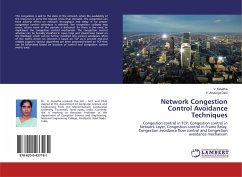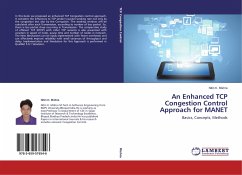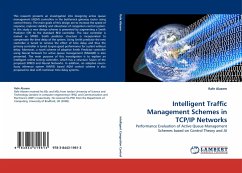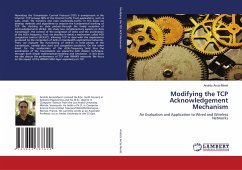The congestion is said to the state of the network when the availability of the resources to serve the request is less than demand. The congestion can have adverse effect on network throughput and delay. If no proper congestion control technique is selected, the congestion collapse may occur, where none of the packets is delivered. So there is the need to implement the congestion control mechanism. The congestion control schemes can be broadly classified in open loop and closed loop based on the feedback which can be further classified into various subclasses. Most of the traffic driven on Internet is based on TCP as it provide end-end reliable support. Various algorithms are been proposed based on TCP that can be bifurcated based on location of control and congestion control metric used.
Bitte wählen Sie Ihr Anliegen aus.
Rechnungen
Retourenschein anfordern
Bestellstatus
Storno








